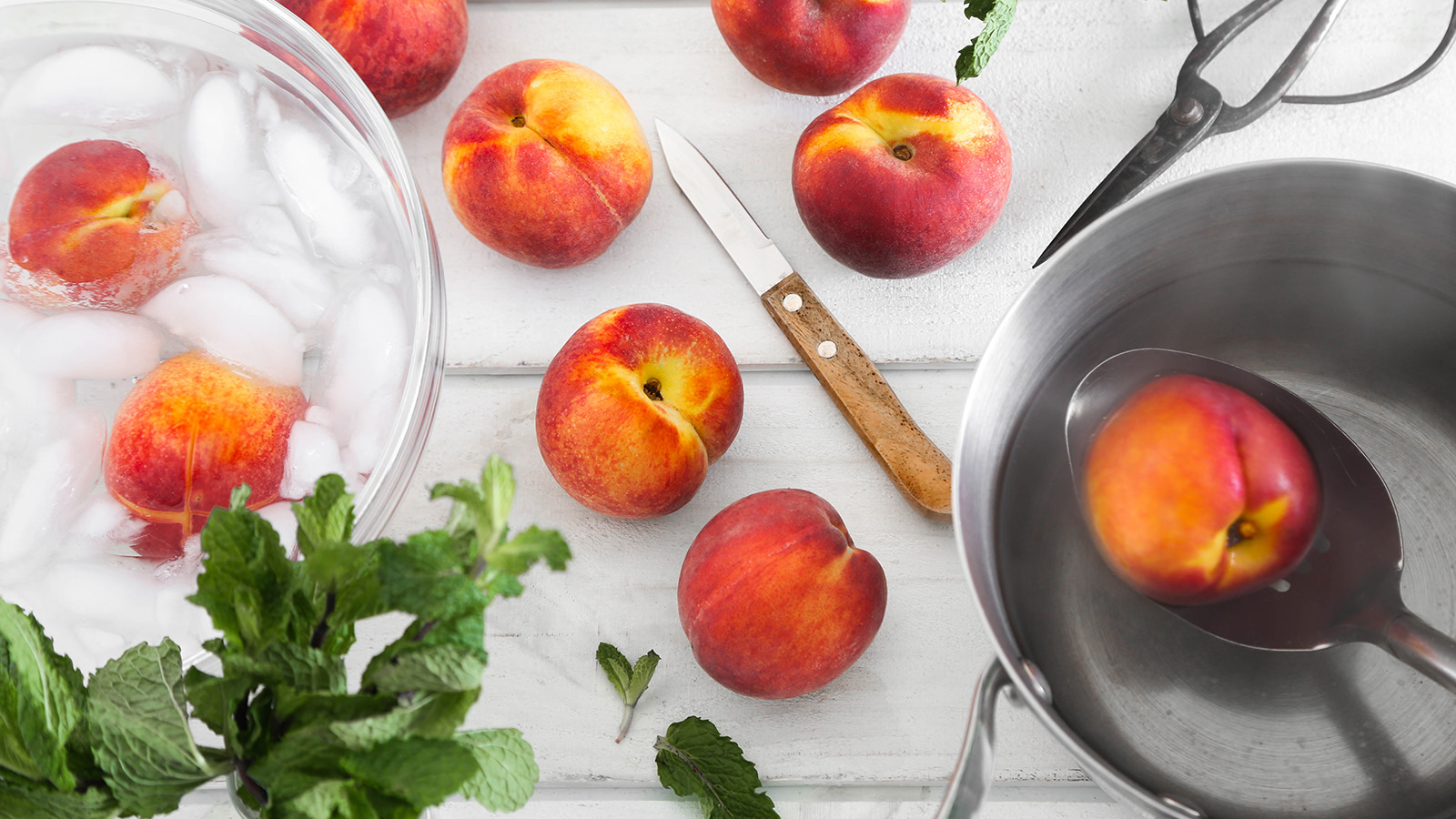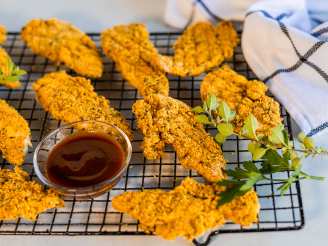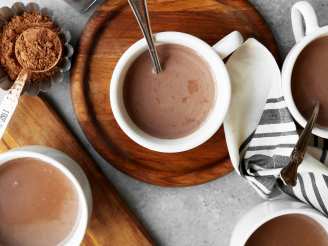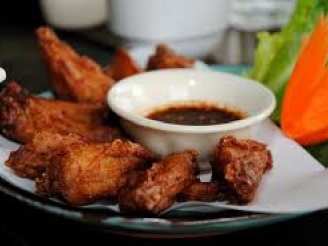Classic Sabayon and Zabaglione
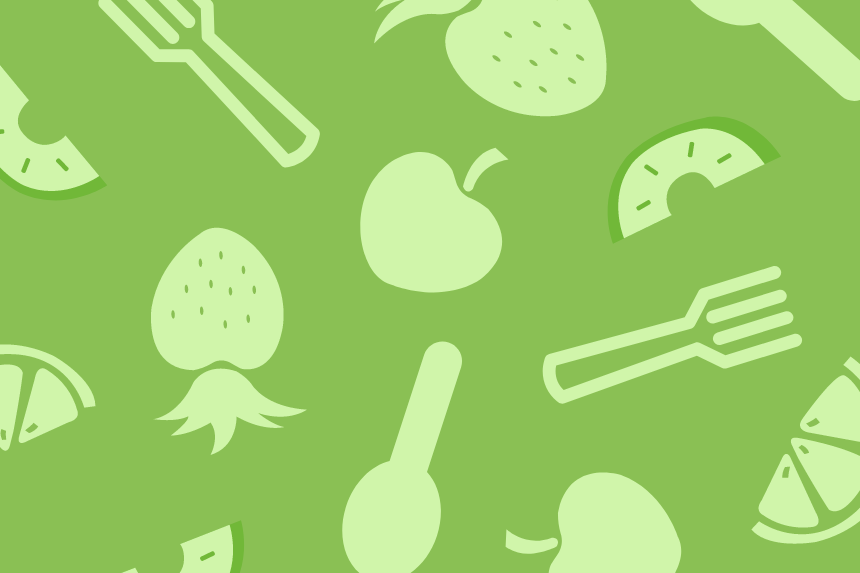
- Ready In:
- 7mins
- Ingredients:
- 4
- Yields:
-
2 1/2 cups
- Serves:
- 2-4
ingredients
- 4 large egg yolks
- 3⁄4 cup sugar
- 3⁄4 cup dry white wine
- 2 tablespoons Grand Marnier
directions
- In a zabaglione pan (or a metal bowl or round-bottomed double boiler), whisk together the yolks and sugar until lighter in color; then stir in the wine.
- Se the pan or bowl over a smaller pan of simmering water, and whisk until the mixture swells and thickens into a stable foam; it is ready when the wires of the whisk start leaving light traces between strokes. The water in the lower pan should be actively simmering but not boiling violently, and should not touch the bottom of the upper pan. There's no need to beat hard; just use a gentle back-and-forth wrist motion, getting all over the pan so the mixture doesn't overcook on the bottom and sides. Don't cook past the "light traces" stage, or the sabayon may lose volume and become dense instead of airy.
- Off heat, whisk in the Grand Marnier (or rum, kirsch, or whatever). Serve immediately.
- For an Italian zabaglione, reduce the sugar to 1/4 cup, and use 1/2 cup of dry Marsala.
Questions & Replies
Got a question?
Share it with the community!
Reviews
Have any thoughts about this recipe?
Share it with the community!
RECIPE SUBMITTED BY
I am a New York City attorney with over 40 years' serious-amateur cooking experience. My cooking is the antithesis of Mediterranean cuisine: I generally want a blended richness rather than a light freshness (a Strauss tone poem instead of a Telemann concerto, or cooking down jams instead of using liquid pectin). I value basic quality ingredients like vanilla beans or good butter, but have little use for such "in" things as brining, food processors, sun-dried tomatoes, or chichi chocolates that taste weird. I think Americans' tastes are being corrupted by a gross overuse of salt and lemon juice in recipes for just about everything. My favorite cooking is classic French cuisine, but I try to learn how to cook for myself any dish I've eaten that I want to be sure of having again in the future. Among my favorite cookbooks are Escoffier's "Le Guide Culinaire" in French, and Jacques Pepin's two early books on technique and method. (As for "Mastering the Art of French Cooking," it was a landmark when it appeared in 1961, and many of its recipes are still hard to beat; but a half century's experience has uncovered enough errors and misinformation to make it no longer as trustworthy as we all once thought.) Like any other repetitive activity, the actual mechanics of cooking can sometimes be a chore -- but the joy of eating the finished product remains undiminished!

